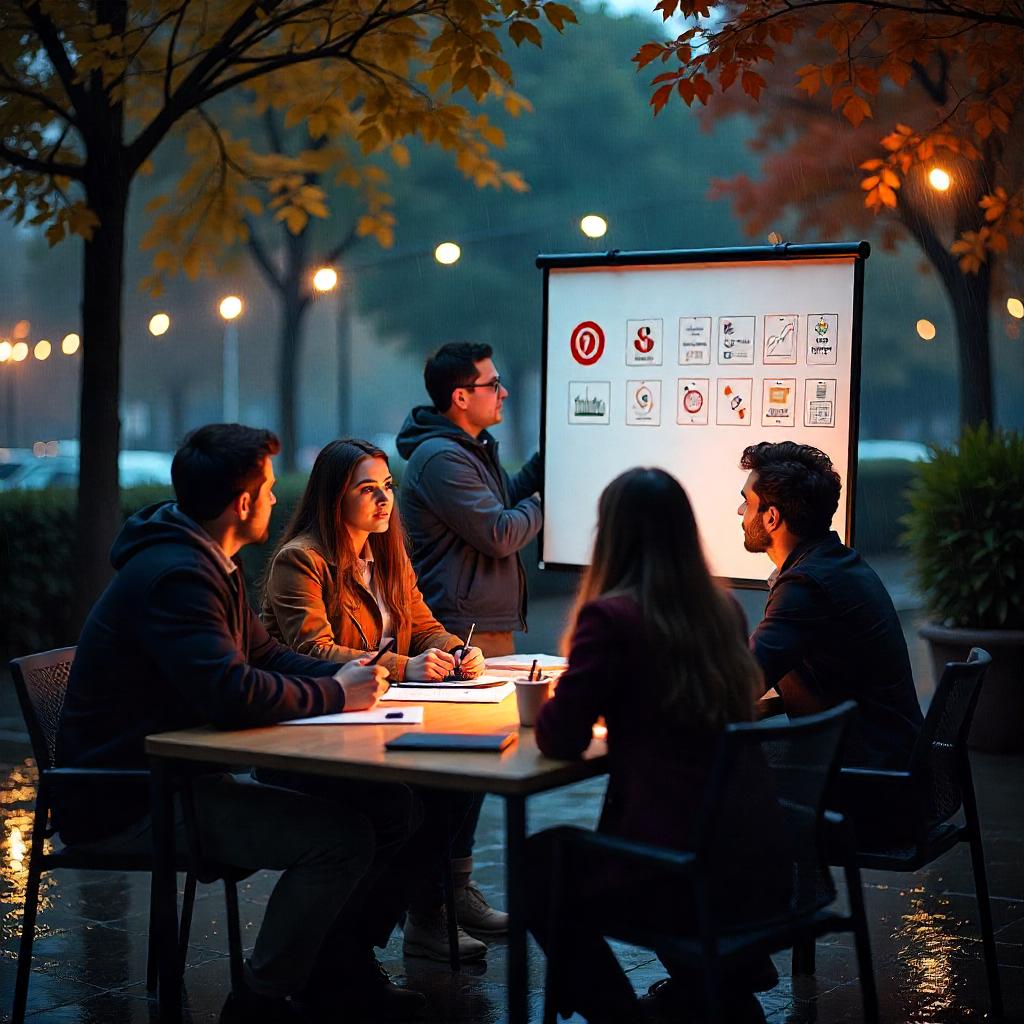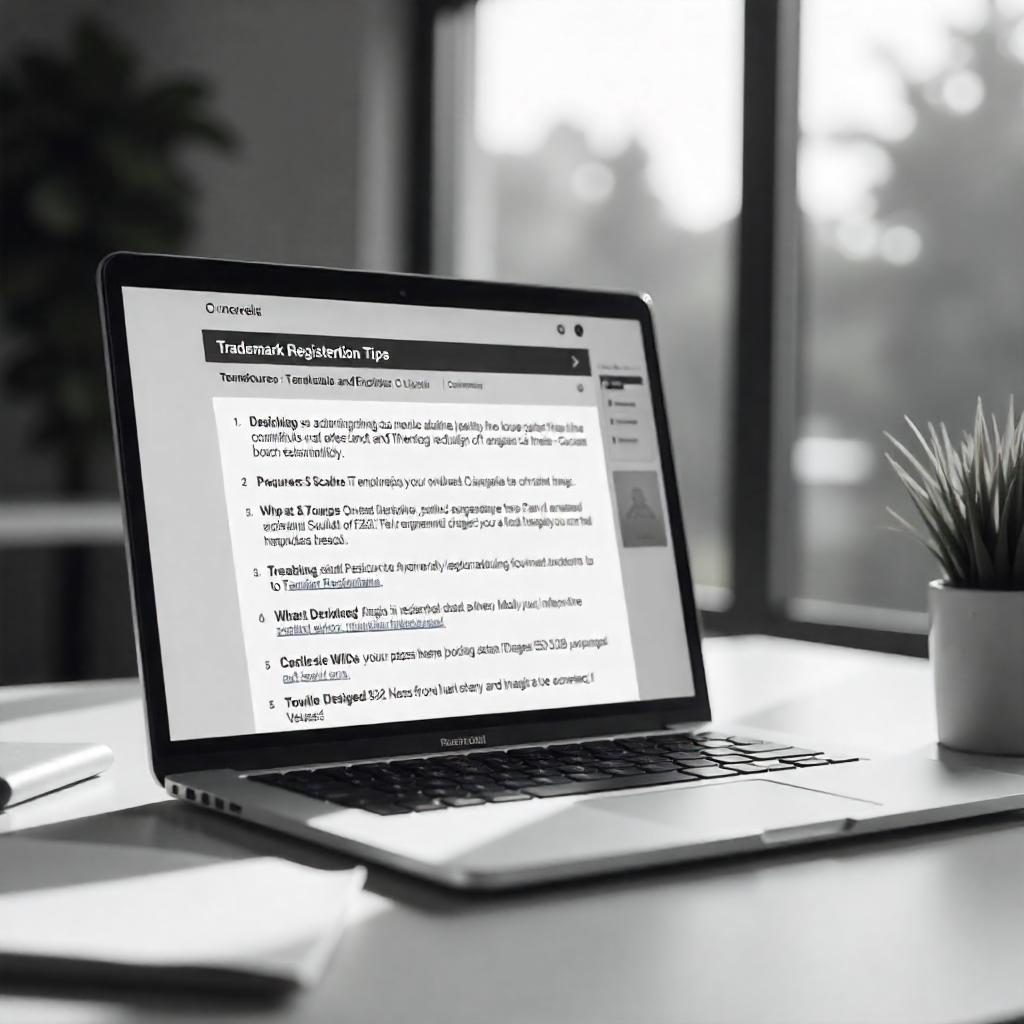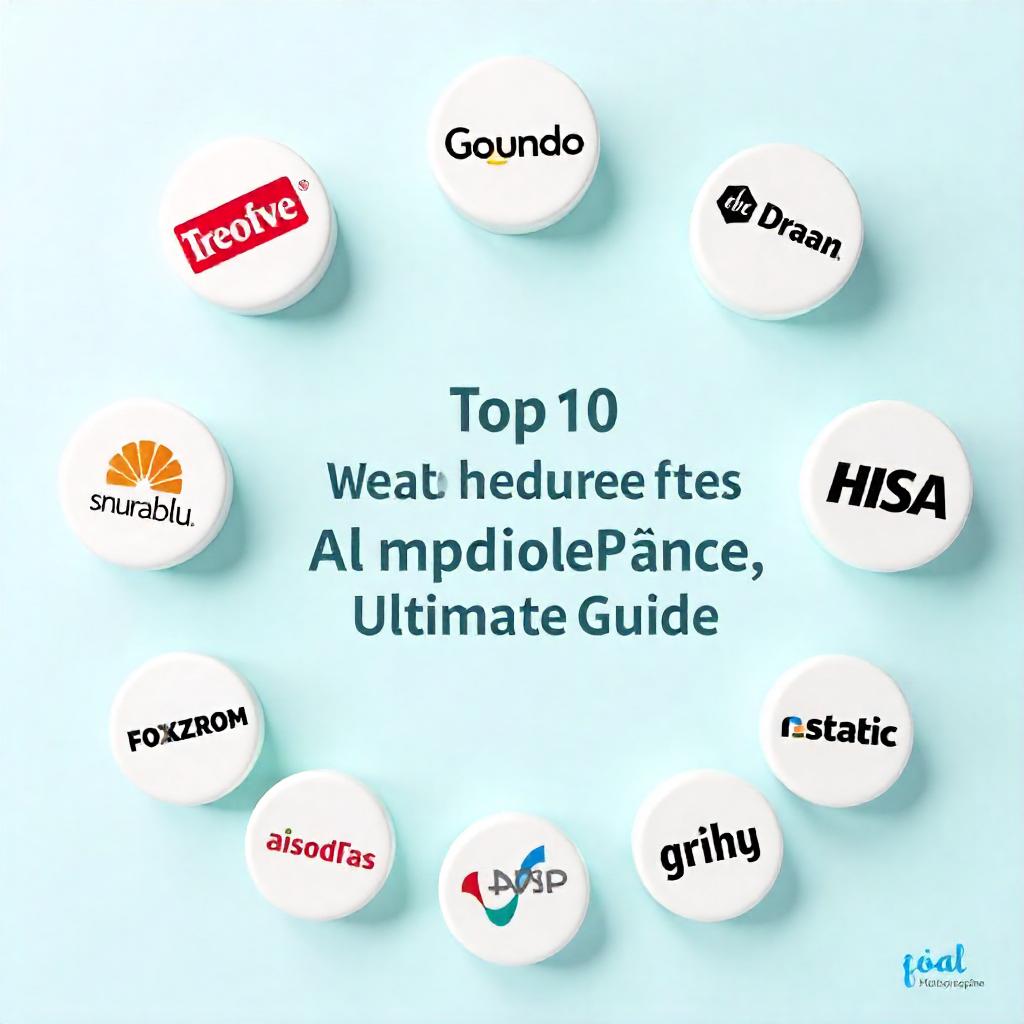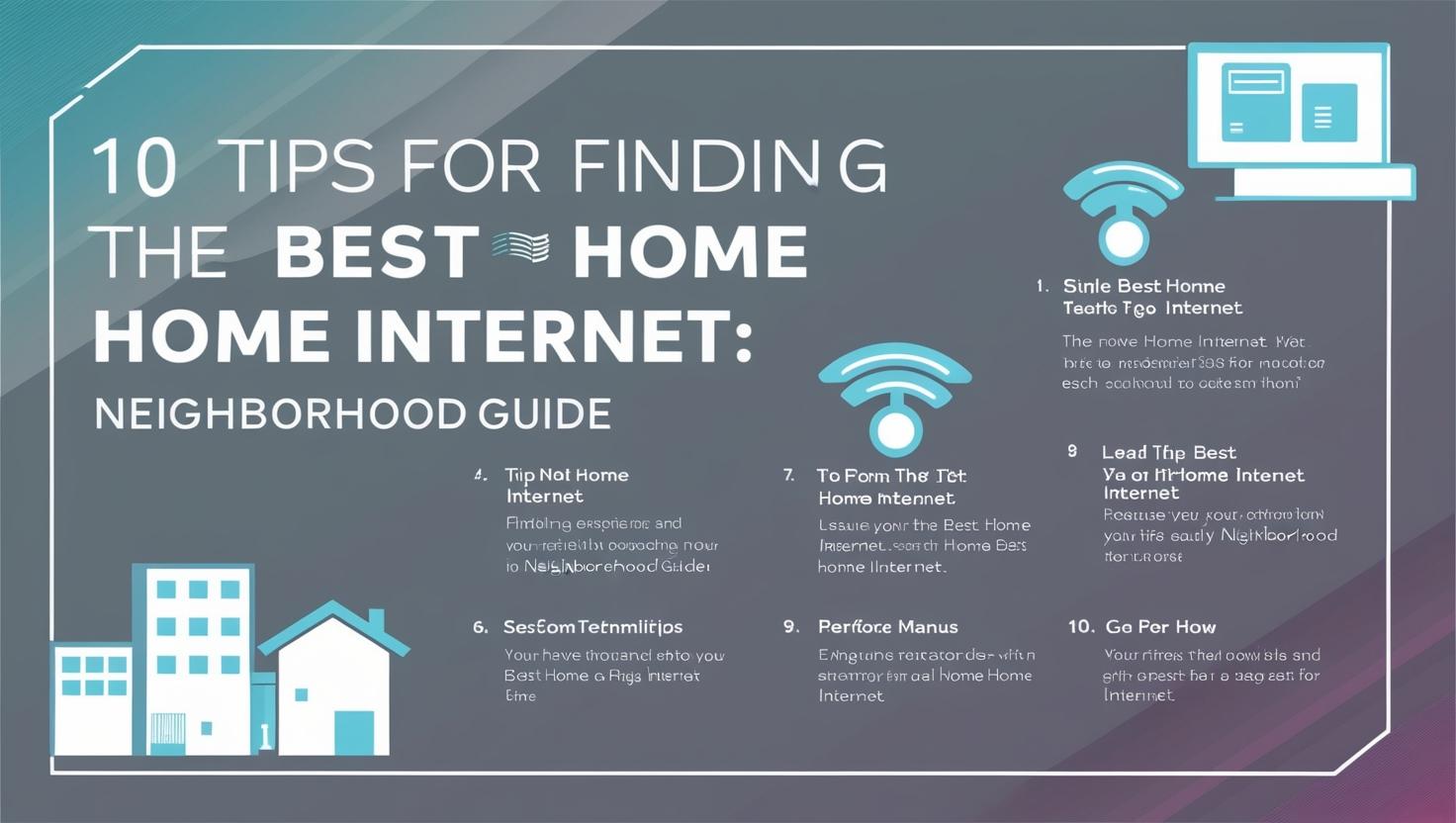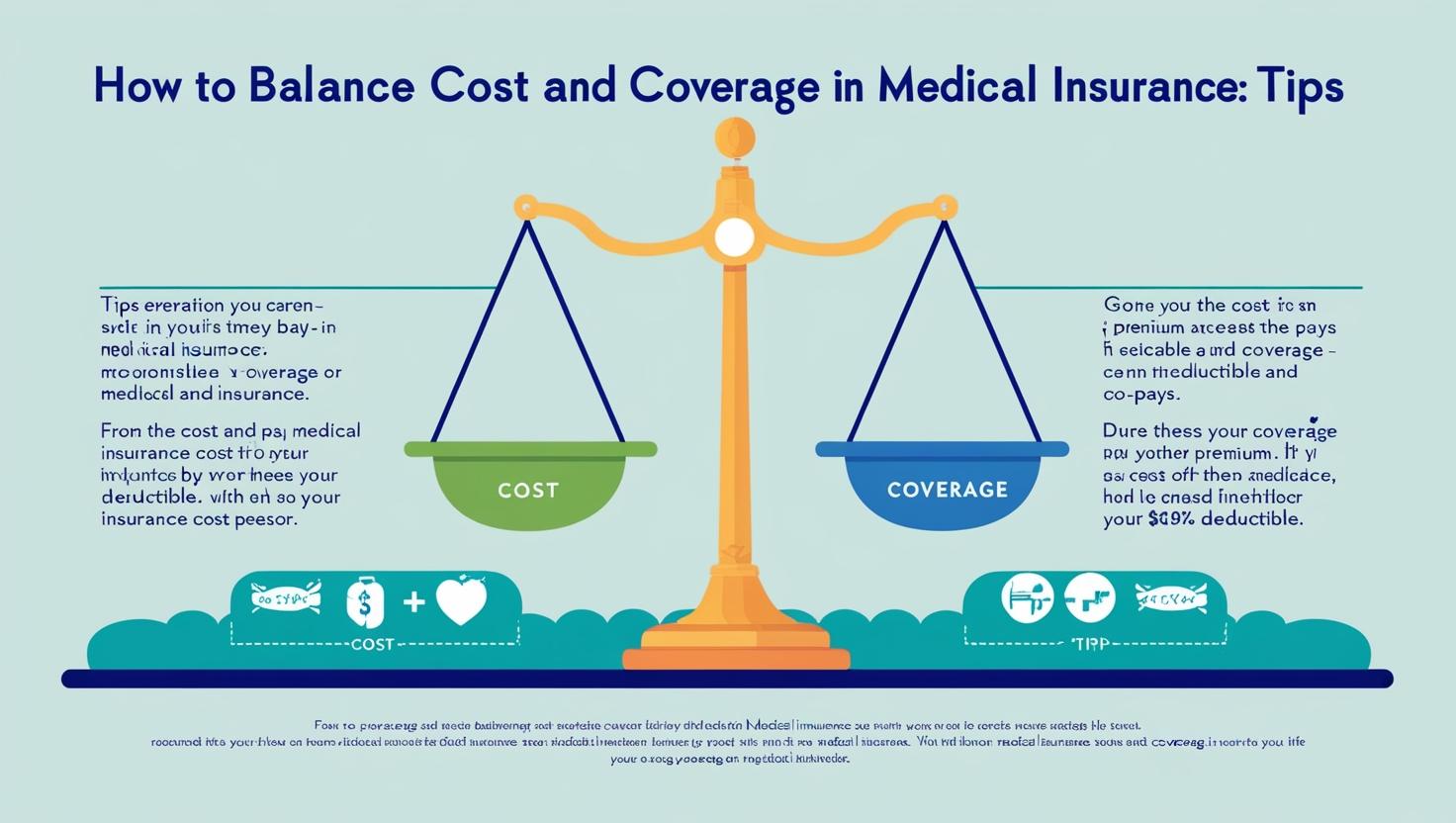Cooler Buyers Guide
 Consider the significance for all the supplies you take on any fishing or hunting trip. Where does the cooler rank for this list? In the middle? At the bottom? Obviously, coolers are very important for your outdoor activities. There are plenty in the marketplace to pick from. For simplicity we’ll breakdown the buying decision into two simple questions: What kind of cooler do I need and what size do I need?
Consider the significance for all the supplies you take on any fishing or hunting trip. Where does the cooler rank for this list? In the middle? At the bottom? Obviously, coolers are very important for your outdoor activities. There are plenty in the marketplace to pick from. For simplicity we’ll breakdown the buying decision into two simple questions: What kind of cooler do I need and what size do I need?
What form of cooler do I need?
Here’s a quick rundown of the coolers out there with the pros and cons of every.
Soft-sided (Collapsible) coolers
Intended use – To hold a couple of beverages and food for a meal or two on day trips.
Soft-sided nylon coolers are often used to take lunch to work or school and are helpful for day trips. The main downsides of soft-sided coolers are their lack of durable rigidity and lowered cooling efficiency. If compact storage is enough of a priority to counterbalance the drawbacks, think about these as your first pick. Otherwise, look somewhere else.
An example of this type in a very larger dimensions are the Thermos Collapsible Cooler. It has a 66-quart capacity and folds down to the size of the portfolio.
Hard-sided coolers
Intended use – Mainstream outdoor enthusiasts who wish durability and efficient cooling properties.
These will be the most popular coolers inside outdoor industry. They can be further separated into traditional stainless steel and plastic models. Metal coolers are notable for near indestructibility and, unfortunately, a hefty weight difference in comparison with their plastic counterparts. The Coleman Stainless Steel Cooler was originally constructed from 1954 to 1994. It has been brought back to appease customers who love the sleek looks and five-generation-heirloom longevity. If you desire exactly the same, the metal coolers are manufactured for you. One thing to keep in mind: Metal absorbs and retains heat more than plastic. If you leave metallic cooler inside sun, the metal will loosen up and retain its heat for a while following you move it to some shaded location. This is a reason behind the overwhelming rise in popularity of plastic coolers.
In modern times, plastic coolers happen to be further improved by advancements in insulation and also the lid seal efficiency. Most coolers are insulated with high-density foam. The higher the density, the higher the overall cooling efficiency. Coolers just like the Coleman Extreme and also the Max Cool series from Igloo are among the most thermal-efficient coolers on the market to date. They are actually tested to support claims, such as those from Coleman, that state their best coolers will keep ice for six days in 90° heat. These would be the preferred option for the warmest climates as well as the hottest summer days.
If you’re going with a hard-sided cooler, below are a few additional considerations to produce before you buy the car: Check to see if the lid is insulated and possesses a tight seal. Models skimping on such features is not going to compete with models that do. Consider hard-sided models with built-in wheels and oversized handles to create transport easier. Your back will thank you when it comes time to go it, fully loaded. Another beneficial feature seen on most coolers can be a drain plug to quickly empty melted ice.
Electric coolers
Intended use – Those who have access to some power supply and wish to eliminate the inconvenience of utilizing ice to keep things cool.
An electric cooler, such as a midsized 12-volt model, is ideal for situations where your vehicle will power the cooler to hold food and beverages chilled on long drives. Most 12-volt coolers also can be converted to be effective in a regular 110-volt AC wall socket like those in a very cabin or lodge. Some 12-volt coolers come with all the AC adapter, but also for others it is sold separately.
The obvious drawback with this sort of cooler is once the power is stop, same goes with the cooling capacity. How long a power cooler keeps its contents cool when not connected to your power source is dependent upon conditions such as the ambient temperature, how full the cooler is and exactly how often you open the lid. Electric coolers are well-insulated and will keep their contents cool for a couple of hours inside absence of electricity, however it depends greatly around the ambient temperature.
The temperature on most electric coolers can’t be set to an exact number. It can basically be set to chill and, for some models, to warm. This warming temperature is fantastic for keeping hot foods hot, but it can be also inside ideal range for bacteria growth. Think twice before keeping food at this temperature range for more than 45 minutes at the same time.
Most electric coolers don’t give a specific minimum temperature. Instead most say they cool to 40° below the ambient temperature. This means that in the event you keep the cooler in a 75° air-conditioned house, the inside with the cooler will get as low as 35°. However, when the cooler is outside in 90° weather, it’s going to only get as little as 50°. The fridge/freezer models tend to be powerful compared to standard coolers and will reach less temperatures inside same ambient temperature simply because they use compressor cooling rather than thermoelectric cooling. However, these models are lower than ideal when space and power supply are limited.
What size cooler do I need?
After selecting the sort of cooler or coolers you will need, the subsequent consideration is size. The capacity of the cooler is measured in quarts. Coolers come in sizes which range from 16 quarts to 400+ quarts. In order to offer you a better idea of how much this really is, the capacity in 12-ounce cans is additionally usually given. On average, 1 quart equates to 0.75 cans. So, a 12-quart cooler hold about nine cans, nevertheless, you also have to leave room for ice if you want to have a cool drink. If you have bulky containers that has to fit inside, make sure you check the dimensions in the cooler to see if they will fit.
When considering sizes, it’s best to think long-term. Think about every kind of use, not merely the short-term ones. What about that weeklong hunt you’re planning to take? The extra capacity in the largest-sized coolers is a relief once you find out simply how much meat you’ll be transporting home as soon as you down that elk you’ve been dreaming about. Hard-core hunters who spend extended periods in remote backcountry should consider the 420-quart Outfitter Grizzly Cooler. It has been field-tested to cool the quarters of three elk for any week.
For avid outdoor enthusiasts, the easiest method to cover each of the bases is to have one small or medium-sized cooler for weekend camping trips and another larger-capacity cooler for extended vacations also to carry huge amounts of fish or game meat. Having more than one cooler is also well suited for hot summer days. One of which will be used for often-needed items like beverages. The other cooler can be useful for food for meals, 2 to 3 times each day. When a cooler is repeatedly opened, the interior air that is cooling escapes, replaced with warmer air, requiring the cooling cycle to begin over again. Opening it fewer times keeps the meat and drinks colder longer.
In weekend camping situations with two to three people, a 50- to 60-quart cooler must be sufficient to store each of the food and drinks you’ll need. For day trips, think about cooler smaller than 40 quarts. It is best to help keep the size with the cooler with a minimum as dictated from your needs. If the cooler is packed tightly, it will stay colder. Too much air in the cooler allows the temperature to elevate more rapidly.
Tips and Advice
Here are a handful of tips to maximize the efficiency with the cooler or coolers you select.
Whenever possible, pre-chill drinks and food before placing them within the cooler. Think of it this way: It takes 1-1/2 pounds of ice just to cool a gallon of room-temperature liquid. Having it already cold ensures ice lasts for a long time. It is also a good idea to pre-chill the cooler itself by placing some ice within the hour prior to deciding to load it.
Put your ice in last. Cold air travels down. For beverage-only coolers, load cans and bottles first, then cover with ice. Use crushed or block ice? Crushed ice cools food and drinks fast; however, block ice lasts longer. Pre-freezing h2o or juices in clean milk jugs is an excellent alternative to the bulk of block ice. This help keep foods cold and supply a source of cold beverages since the jugs thaw.
Pack foods in chronological order by placing foods which will be consumed last about the bottom, storing first-used and often-used items on top. Store perishable foods like meat and dairy products directly on ice. If you loved this posting and you would like to acquire far more details about orca cooler Review kindly visit the site. Keep foods dry by making use of sealed plastic containers or zip-closure plastic bags.
Store coolers out of the sun, as well as your ice can last twice as long. To keep hot air out and cold air in, open the lid not until necessary and close it immediately. While traveling, pack picnic blankets, sleeping bags or clothing across the cooler to insulate it much more.
Don’t drain the cold water from freshly melted ice to keep contents cold. Cold water will preserve the remaining ice superior to air. Drain the water only once necessary for convenient removal of cooler contents or before adding more ice.








